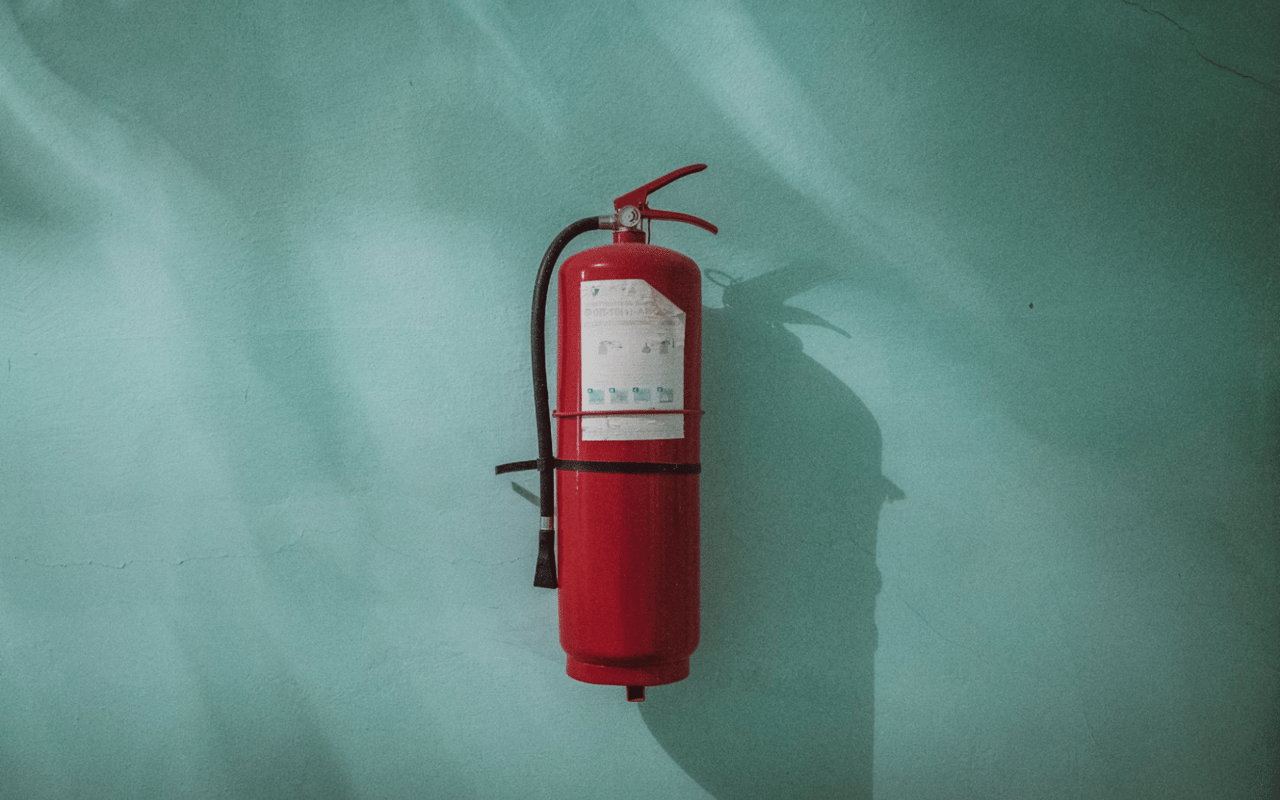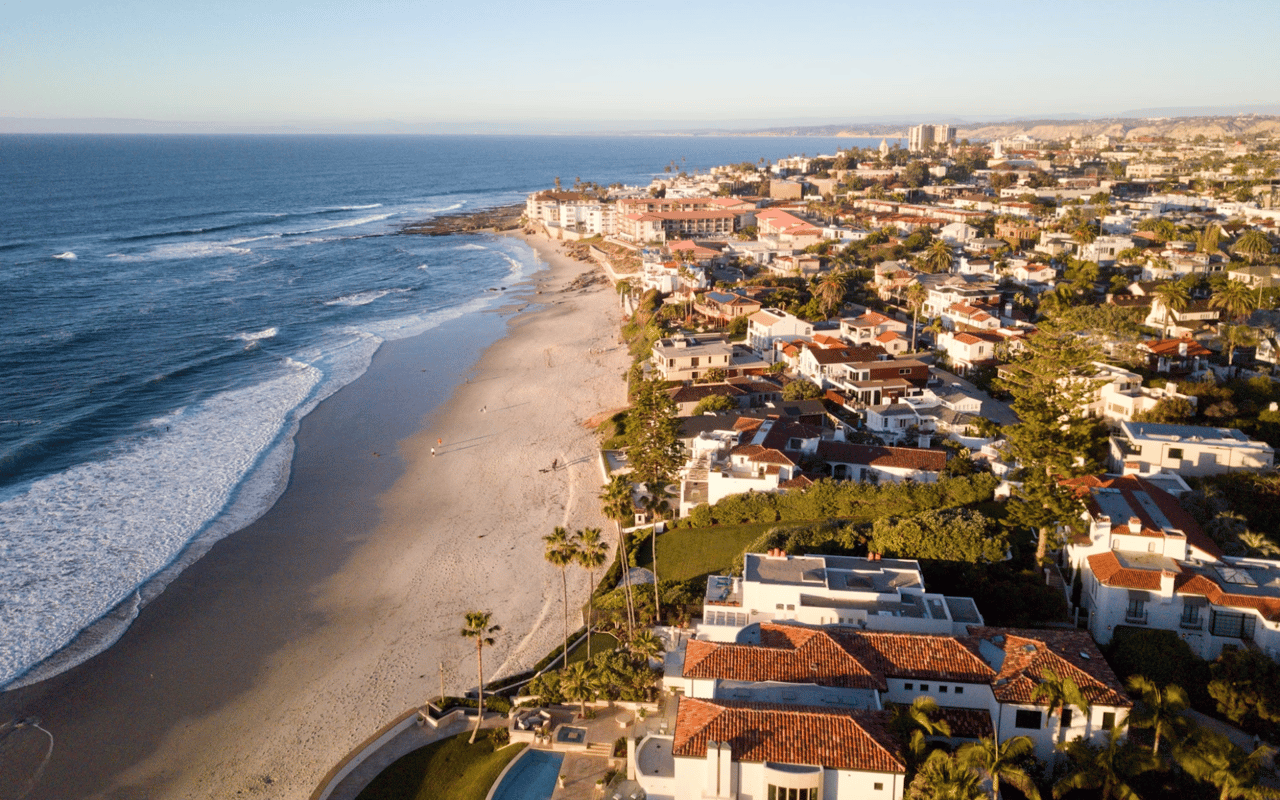Living in La Jolla offers breathtaking coastal views and an enviable, laid-back lifestyle. Even so, as a homeowner here, it’s crucial to be prepared for potential risks like wildfires. In case of emergency, having the proper fire insurance and safeguards for your home and belongings can save you a lot of stress. This guide will walk you through a few practical tips, from understanding fire insurance policies to protecting your valuables.
What Is Fire Insurance, and Why Do You Need It?
While many standard homeowners insurance policies include some level of fire coverage, it’s essential to review your policy closely to verify that it aligns with your needs. Wildfires are an ongoing risk in the region, and being underinsured could leave you with significant financial burdens if disaster strikes. Fire insurance gives you peace of mind, knowing that your investment in La Jolla real estate is safeguarded against the unpredictable.
In high-risk areas, additional coverage or a separate fire insurance policy may be necessary to ensure that your home is fully protected. Also, if you’ve recently renovated your property or purchased expensive items, you might need to update your coverage to reflect these changes.
Create a Home Inventory: Why It’s a Game-Changer
Start by going from room to room and writing down each item in your home, from big-ticket pieces like furniture and electronics to smaller items like clothing, kitchenware, and books. When possible, include details like the brand, model, serial numbers, purchase date, and estimated value. For high-value items, such as jewelry or artwork, consider including receipts, warranties, or appraisals. You can use apps or spreadsheets to keep everything organized.
Here’s a pro tip: video documentation is even better. Walk through your home with a camera or smartphone, recording each room and its contents. This creates a clear visual record of your belongings, which can be invaluable when proving their existence and condition to your insurance company.
Store these records in a secure, cloud-based platform to ensure they’re accessible. Not only will this documentation make insurance claims more manageable, but it also provides peace of mind, knowing you’ve covered all your bases.
Minimizing Fire Risks
Start with defensible space, which involves creating a buffer zone around your home’s exterior to keep bushes, trees, and other vegetation trimmed and at least 100 feet away from your property. This defensible space acts as a buffer, slowing down the spread of flames. Clear away dead vegetation and trim tree branches to keep a safe distance between flammable landscaping and structures. Keep the grass mowed, and clear out dead vegetation regularly. Native, drought-resistant plants are an excellent choice for landscaping, as they are less likely to ignite.
Inspect your home for vulnerabilities, particularly your roof, gutters, and vents, as embers can enter through small openings. Regularly clean out debris, and consider fire-resistant materials like metal or tile roofing or non-combustible siding like fiber cement, stucco, or metal cladding for added protection. Install dual-pane or tempered glass windows to prevent them from shattering in extreme heat.
Investing in a high-quality sprinkler system can also provide an extra layer of defense. Additionally, stay informed about fire safety measures and local regulations. Being prepared with an emergency plan and a well-stocked fire safety kit can make all the difference in safeguarding your home in this beautiful yet wildfire-prone region.
The Importance of Regular Maintenance
Start with simple tasks, such as cleaning out the gutters and downspouts to prevent the buildup of dry leaves and debris. Regularly inspect your roof and siding for damage or gaps where embers could enter. If you have vents, consider covering them with mesh screens to block embers while maintaining airflow.
Inside your home, test your smoke alarms monthly to ensure that they’re working correctly. Keep a stash of extra batteries on hand, and replace them annually. Fire extinguishers should be checked regularly as well. Ensure they’re easily accessible and that all household members know how to use them. A quick tutorial can go a long way in an emergency scenario.
Backing Up Important Documents
Start by identifying your most important documents, such as your homeowner’s insurance policy, property deed, birth certificate, passport, and financial records. Use a scanner or smartphone app to create digital copies of each document. Store these files in a secure, cloud-based platform so that they’re accessible when you need them most.
For physical copies and important items, invest in a fireproof, waterproof safe. Choose a safe with a high fire-resistance rating to protect against prolonged exposure to heat. Make a habit of updating your stored documents whenever changes occur, such as renewing a passport or adjusting your insurance coverage.
Pack a Fire Safety Kit and Go-Bag for Emergencies
Include important documents, such as copies of your ID, insurance information, and emergency contact numbers. Pack a flashlight, extra batteries, and a whistle for signaling if needed. If you have pets, pack their essentials as well: food, water, leashes, and a copy of their medical records. Store your go-bag in an easy-to-access location, such as a front closet or the garage, and make sure that all household members know where it is.
Ultimately, owning a home in La Jolla means balancing the joys of coastal living with the responsibilities of staying prepared. By securing comprehensive fire insurance, documenting your valuables carefully, and making your property as fire-resistant as possible, you’re taking the proper steps to protect what matters most.
Reach out to The Savory Group when you’re ready to explore La Jolla real estate.




